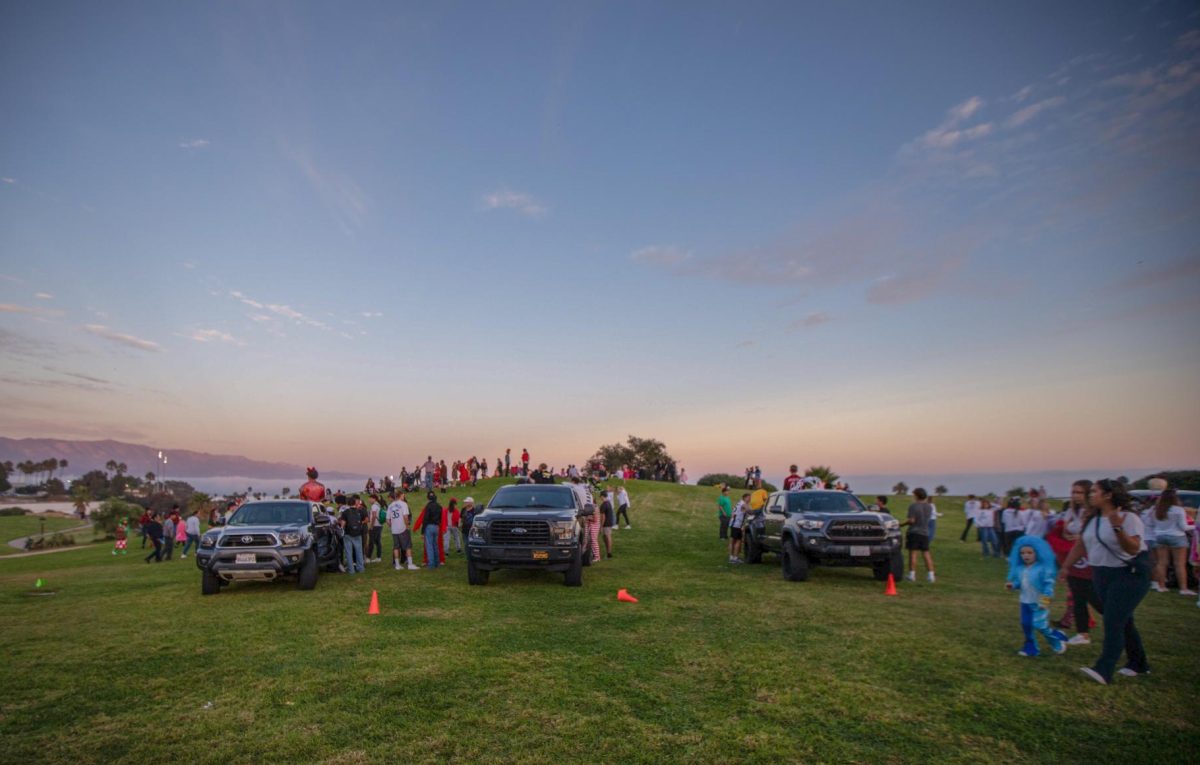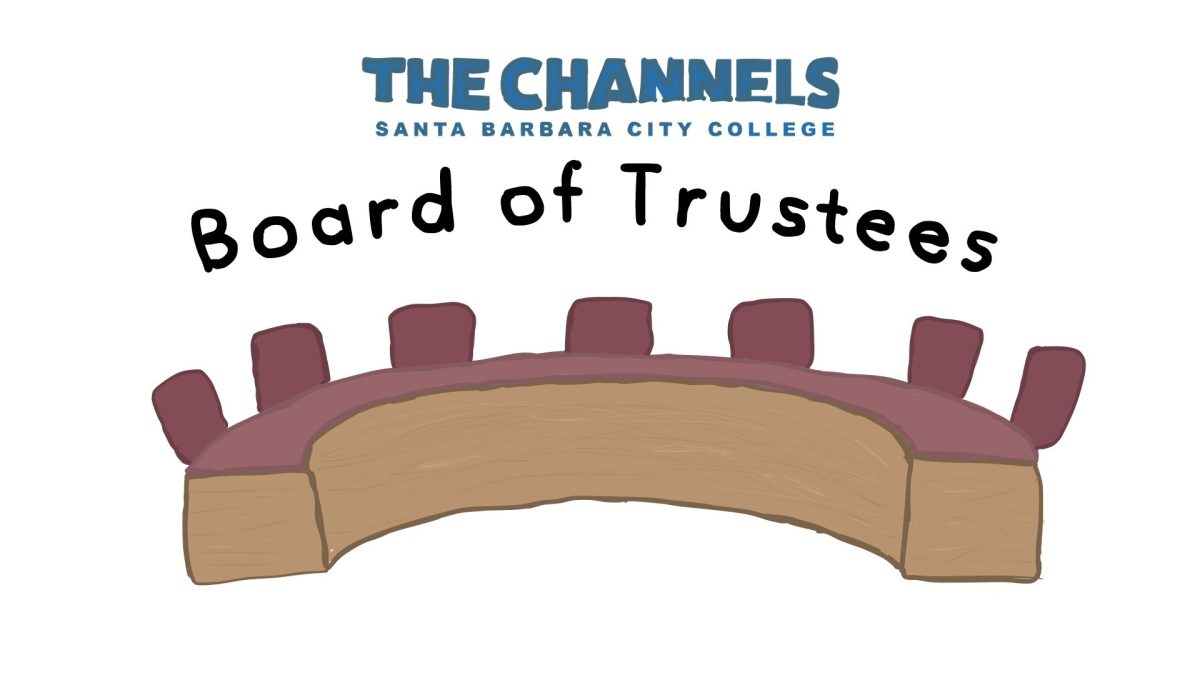It’s noon on a Monday, and the students in Dr. Barbara Lindemann’s “History of American Women” class are supposed to be discussing Freud’s theory of psychosexual development.
Most students remain silent-until Lindemann brings up the theory of women’s penis envy.
Suddenly, the class is responsive.
“Why would I want one of those?” says Karen Miyashiro.
“Where did he get this stuff from?” asks Ericka James.
Lindemann could take this opportunity to bash the now-unpopular Freudian idea of female sexuality.
Instead, she asks a surprising question.
“Does it give women any new freedoms?”
Slowly, students raise their hands with ideas. She synthesizes their reactions, positive and negative, into the rest of the lecture.
When Lindemann retires at the semester’s end, it’s teaching moments like this she will miss the most.
“The high point is always when you can get a really good discussion going, and out of that discussion comes some really good insight,” she said.
In her 33 years of teaching at City College, Lindemann has sparked many a good discussion-in classrooms, in committees, and in the larger community.
Dr. Barbara Lindemann came to Santa Barbara City College to teach history. In the process, she shaped it.
HER HISTORY
Barbara Lindemann grew up in the small town of Waynesboro, Pa. After graduating one year early from high school, she earned her bachelor’s degree in history from Wellesley College.
She went on to Harvard University for a master’s in teaching, and to UCSB for a doctorate in U.S. history.
The social history being made in the ’60s and ’70s raised Lindemann’s awareness of gender studies.
“The women’s movement really got me interested in women’s history,” she said.
In 1970, Lindemann became part of a team of eight graduate students at UCSB to develop the school’s first women’s history class.
“As far as I know, ours was the first on the West Coast,” wrote Mary Ryan, one of Lindemann’s fellow graduate students.
Lindemann earned her doctorate in the Spring of ’72, and then started as an adjunct instructor at City College that Fall.
She began the first women’s history course here, and has taught it ever since.
She was also the first woman to join the social sciences department here.
History Professor John Eggler said her pedagogy has always been admirable.
“She certainly goes beyond the lecture…there’s student involvement,” he said. “Everyone likes her and works well with her.”
English Instructor Kim Monda agrees. She taught an English 110 course linked with Lindemann’s Ethnic Studies 101 “Immigrant Experience in the U.S.” in the Fall of ’96.
“She never stopped innovating and improving,” Monda said.
She remembers one vivid lecture where Lindemann reenacted Nikita Khrushchev brandishing his shoe during a 1960 U.N. conference.
“She took her own shoe off and pounded it on the table,” Monda said.
HER UBIQUITY
Although teaching remained her primary focus, over the decades Lindemann’s influence extended beyond the classroom.
In 1974, she lent a helping hand to the campus women’s center, which focused on assisting part-time and re-entry students.
“She’s a role model to students…she is a person who motivates other people,” said Lois Phillips, former director of the short-lived center.
Lindemann also set a precedent when she became the college’s first female Academic Senate president in 1981.
“She was a very efficient president,” Eggler said.
A strong voice for faculty, Lindemann also concerned herself with their employment needs as co-chief negotiator for the Instructor’s Association.
In the ’80s, the newly formed Honors Program benefited from Lindemann’s involvement, as she developed a class to round out honors course offerings.
In addition to all things City College, Lindemann has also been active in the community. Among other activities, she helped found the local chapter of the National Organization for Women and serves as board president for the Santa Barbara Women’s Political Committee.
“She just exudes competency,” said John Kay, professor of political science and economics.
“Her [college] catalog description barely scratches the surface of who she is.”
HER LEGACY
Lindemann recently got a call from a former student from her immigrant experience class who is now considering a career in immigration law.
A few days later, she noticed that former student Kathi Brewster is a docent for the Santa Barbara Historical Society.
Even with a host of accomplishments, Lindemann said she takes the most pride in the students she has influenced while teaching. Those around her say this sets her apart.
“I really like her, and I’m not a history buff,” said Hilary Scott, a sophomore in the women’s history class.
“I can just see the respect and appreciation her students have for her,” said Phillips.
Lindemann is adamant that the college continues its commitment to its faculty.
It will be up to the social sciences department, along with new hires Matthew Mooney and Ayanna Yonemura, to carry on what she has started.
“The college is just a wonderfully nurturing environment for teaching,” Lindemann said.
She added that the women’s history class has to be carried on.
If students like Scott have a say, it will be.
“She’s very inspirational.”







